By Andy Birch
andyrbirch @ gmail.com
January 2021
Comments
The possibility of a split between "Siberian/Japanese" japonicus Pipit and American Pipit (subspecies pacificus, alticola, rubescens) has been speculated for decades. Field identification was discussed in detail in North American Birds back in 2002 (Notes on the distribution, vagrancy, and field identification of American Pipit and "Siberian Pipit” Lee, Birch) and an earlier version was also published on Surfbirds here. Since then, Alstrom's Pipits and Wagtails book also did a deep dive in to their identification.
More recently, a 2015 short paper in British Birds teased the results of Dr. Martin Collinson’s mitochondrial DNA sequencing done on Water, Rock and Buff-bellied Pipits. “Several interesting results became apparent after the genetic analysis. Buff-bellied Pipits from North America (A. r. rubescens) and Russia (A. r. japonicus) are highly distinct genetically…a deep genetic split in Buff-bellied Pipit correlating with the Old vs New World subspecies, potentially indicating another future split.” The paper recommended that “…the differences in call, plumage and DNA suggest that a taxonomic review of the two Buff-bellied Pipit taxa may be fruitful.”
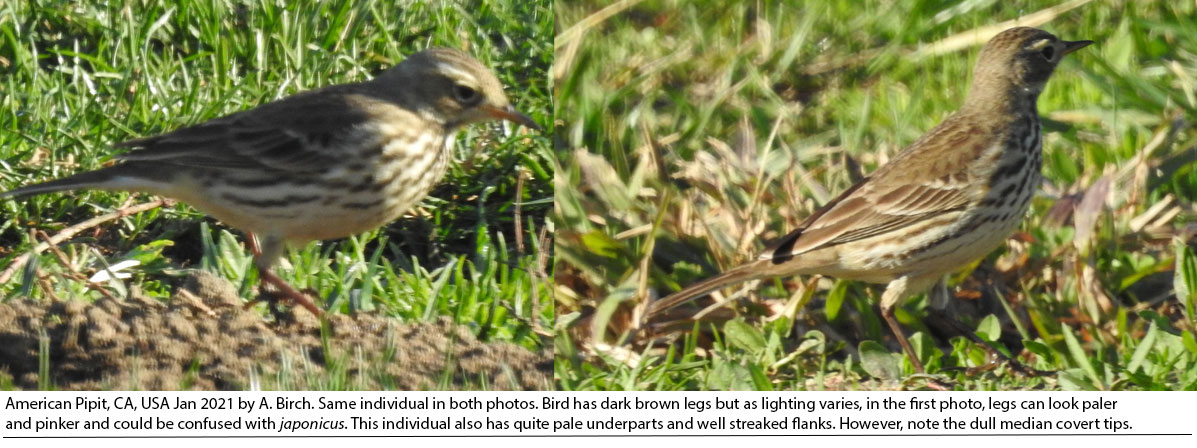
In recent years, we now have an abundance of excellent photos available online of both forms, allowing a good refresher of the known characteristics of fall and winter plumage birds. When it comes to identifying out of range vagrants, a holistic approach will need to be taken in order to be confident in the ID. There doesn’t appear to be any single definitive characteristic but rather a suite of “classic” features. American Pipit can be more variable in plumage than many observers realize (see photos at the bottom of this article) and so it is easy to be lulled in to thinking that any pink-legged, well streaked American is a japonicus candidate. To pass a rigorous identification, a potential vagrant japonicus will need to comfortably check, at the least, all of the "critical" boxes listed below.
Click on the images on this page to see them full-sized and with notes.
Identification
Key features for separation:
Leg Color
critical Classic Americans show dark legs and classic japonicus show pink legs, sometimes even quite a bright "bubble gum" pink. As noted in Lee (2002) and elsewhere, leg color is variable. Although American is typically dark, it is not uncommon to find single birds in a flock with paler reddish brown legs and when backlit, many birds' legs will often appear quite bright orange (see photos at bottom of article). It also appears variability can be found in japonicus, although it seems harder to find photos of dark-legged japonicus. At the bottom of this article are a couple of japonicus with darker reddish brown legs, overlapping in color with paler-legged Americans. However, any vagrant japonicus should check this box and show bright pink legs in all photos at multiple angles. Leg color can vary significantly under differing lighting conditions, so a series of good photos from multiple angles and lighting, will be needed.
Malar patch and Necklace of streaks
criticalClassic japonicus have a thick, black “flaring” malar patch which joins with the bold, black streaking on the upper breast and can sometimes even form a dark "necklace" of streaks around the throat. Less classic-looking birds have a smaller malar patch that can look similar to a more boldly marked American (esp. rubescens subspecies). However, even on these birds, Siberian tends to show a fully black malar patch compared to American that is often browner with some pale feathering in it.
Underpart streaking
critical Classic japonicus has bold, black "tear-drop" shaped streaking on the breast that extends down to the belly and coalesces to form longitudinal streaking along the lower flanks. This can be distinctive but do note that American can also show heavily streaked underparts, although not usually extending in such a bold fashion to the belly and lower flanks. On American, the streaking on the lower flanks ranges from non-existent to well-streaked but it is usually dark brown rather than blackish and often not in thick longitudinal lines. This combined with the buffy/brown wash to the flanks creates less boldly marked flanks on American. The shot below shows a good comparison of the flank streaking between a more typical japonicus and American (likely of the subspecies pacificus).
Underpart Color
Classic japonicus has pale, whitish underparts all the way to the flanks that can be quite noticeably different from even the palest American. Typical American has buffy gray to buffy brown underparts and most show a brownish wash to the flanks. Do note, however, this is variable and it is possible to find American with whitish underparts and it is possible to find japonicus with light creamy tones to the throat and breast and others with quite brownish underparts. Some of these birds can look virtually identical to American in underpart coloration (see photo examples at bottom of page).

japonicus"Siberian" and American Pipit figures showing the variation in leg color, malar patch and underpart streaking and color. Leg color on Siberian can approach paler-legged American but in general, on most birds, is brighter pink including the feet. Underpart coloration in Siberian is usually quite whitish in comparison to American but it is also possible to find buffier plumaged birds. Note also the thin white crescent-shaped tips to the median coverts on Siberian compared to the dingier, broader, squared tipped median coverts on American. American rubescens can also show fairly distinct malar patches and underpart streaking but, in general, the dark, bold underpart streaking, especially on the flanks is distinctive in japonicus. Plate by Andy Birch.
Upperpart Color
japonicus is generally colder brown above than American, similar in tone to other Eurasian Pipits like Meadow and Tree. American tends to be a richer warmer brown. The difference in upperpart tone can be seen in the photo below but again highly variable and often difficult to assess in the field.

Wingbars
critical Both forms can show whitish to buffy brown tips to the greater coverts. However, japonicus should typically show contrasting and clear-cut white tips to the median coverts. It is possible for American to show whitish tips to these feathers (see photos below), so care is warranted. On japonicus, often these white tips appear thinner, more distinct and crescent-shaped compared to the average American. American seems to generally show broader, squared off tips that are less contrasting and dingier. This is definitely variable and presumably the shape of these tips will vary according to wear. However, any vagrant japonicus candidate will need to show clear, contrasting white median covert tips.
Eye ring
It has been previously noted that Siberian tends to show a more pronounced white eye ring. This is, no doubt, a result of the browner upperparts. However, this seems to be a variable feature and not always seen and likely shouldn't be considered a feature that a vagrant needs to show (or not show).
Upperpart Streaking
Siberian will tend to show more pronounced streaking on the upperparts. However, this can be subtle in comparison to American and not a distinguishing feature.
Outer Tail feathers
japonicus apparently shows less white in the outer tail feathers. Compared to American, R5 has less extensive white and a more reduced white tip on R4 (sometimes absent). American Pipit has more extensive white on R5 and a white tip to R4. This is apparently variable and likely hard to assess in the field and so, therefore, of limited help except perhaps in the most extreme examples. This blog post has a link to an in-hand tail shot of a Siberian. Here is a spread tail shot from a rubescens and another here for an example of the reduced white in R5. As you can see there is some variability in American and the differences can be small.
Call
Alstrom & Mild's Pipits and Wagtails book noted the differences in flight call between japonicus and rubescens. The 2015 British Birds paper mentions “…While more research is needed, the flight calls of both subspecies of Buff-bellied Pipits are typically distinctive, with that of nominate rubescens resembling a cross between Meadow Pipit and Grey Wagtail Motacilla cinerea, and A. r. japonicus sounding closer to Meadow Pipit.”
The Meadow Pipit Anthus pratensis comparison is an interesting one. Listening to calls on Xeno-canto, both "Siberian" and American seem to have similar flight calls but japonicus is longer and more modulated and therefore similar to Meadow. I downloaded calls from Xeno-canto and made some new spectograms to compare. In this very small sample, average flight call length of American is 60-65ms, whereas japonicus is 80+ms with a longer, more modulated call in the 6k-7k range before the hindleg of the call. It does seem worth trying to record flight calls of a potential vagrant. This will likely be a lot easier for lone birds than vagrants that are mixed in with a pipit flock.

The following set of photos show off some of the classic features of Siberian Pipit. Pale legs (not always bright pink), brown upperparts (with heavy streaking on the first photo), whitish underparts and heavy dark streaking along the flanks. All birds also show thin but distinct white crescent-shaped tips to the median coverts. The last 2 photos shows japonicus with darker legs. It's not easy to find photos of dark-legged japonicus or, at least, not as easy as it is to find photos of paler legged Americans. It would seem that any candidate vagrant japonicus will need to show clear pink legs at least.
Below are some American Pipits. The California birds are pacificus which are generally paler and less heavily streaked. All these birds were selected because they also had dark reddish brown legs, some brighter than others. A feature that is not too difficult to find on pacificus American Pipits. However, this is where the similarity ends as none of them seem to show particularly white underparts, thick, dark underpart streaking extending down to the lower flanks or crisp, white median covert tips.
The two rubescens from VA and MD show just how heavily streaked below this form can be. The CA bird is backlit exaggerating the bright pink legs but still striking nevertheless.
Below are a few more photos of the wintering japonicus and various pacificus from CA, USA showing just how variable American Pipit can be. Click on photos for larger size and ID notes
Below are 5 photos of an interesting and presumed pacificus American Pipit from CA, USA. This bird shows how critical it is to gain multiple photos from multiple angles. Click on photos for larger size and ID notes
Discussion Bird
A wintering bird in 2014 in Cheshire, UK generated some debate, at the time, about its identity. Its pale pink legs (from multiple angles) and white tipped median coverts are an intertesting combination for rubescens. The dark, blackish breast streaking extends down on to the belly and it is boldly streaked all the way down the lower flanks. The underparts are pale and flanks whitish but could be in a range of overlap between rubescens and japonicus. Interestingly, the spread tail shot, shows only a small white tip to R5 and apparently no white on R4. Apparently, this combination of tail pattern would be unusual in rubescens. If this is a rubescens, it is troubling and would appear to be showing a somewhat atypical combination of pro-japonicus features.
Photos from the Surfbirds Galleries of this bird below. More pics can also be seen here
If you want to add anything to the discussion, please send me an email or leave a comment below. Thanks for looking!
References and Links
Garner, M., Perlman, Y., Kiat, Y., & Collinson, J. M. (2015). Water pipits: Three species rather than one? British Birds, 108(1), 42-48.
Notes on the distribution, vagrancy, and field identification of American Pipit and "Siberian Pipit” (Lee, Birch; North American Birds 2002)
Pipits and Wagtails of Europe, Asia and North America by Per Alstrom (Author), Krister Mild (Author), Et Al (Author), Bill Zetterstrom (Illustrator) or Amazon UK
First records of Asian Buff-bellied Pipit Anthus (rubescens) japonicus in Azerbaijan (Heiss, Sandgrouse 2015)
The Identification of Rock, Water and Buff-bellied Pipits (Alstrom, Mild; Alulua 1996)
Birding Beijing Buff-bellied Pipits
Buff-bellied Pipit; First for Bahrain





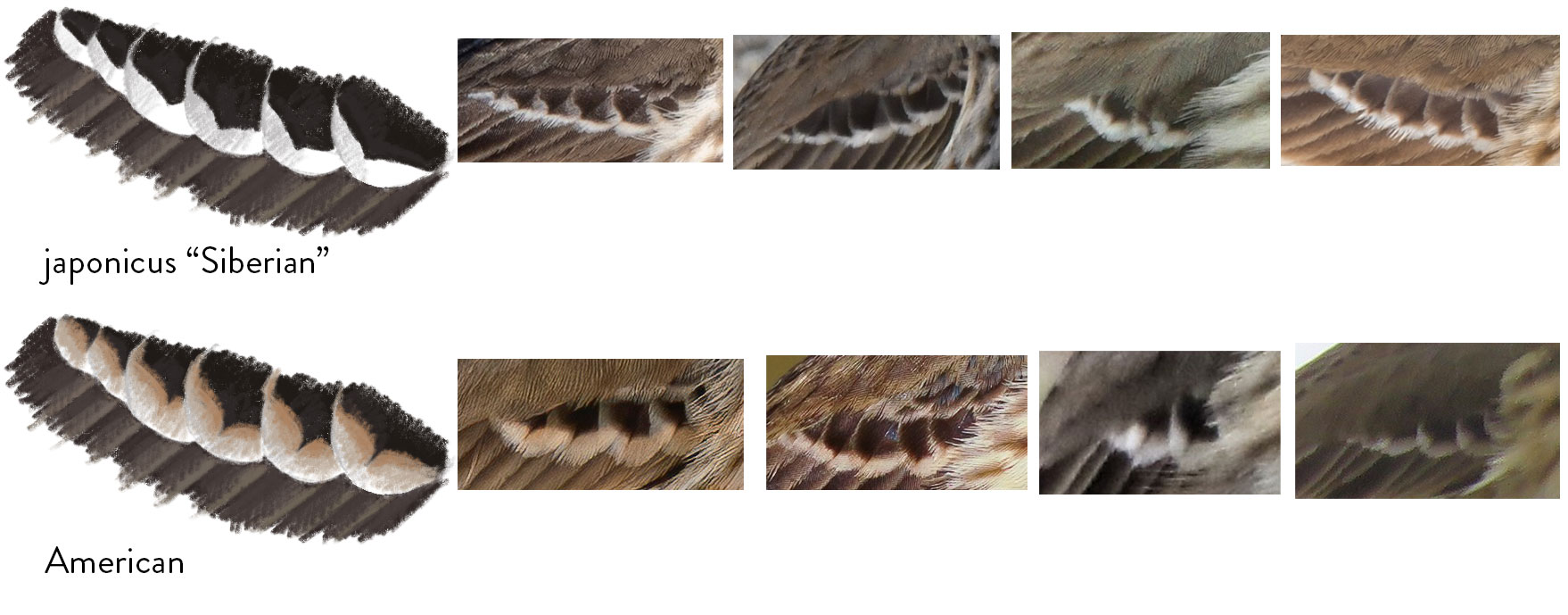




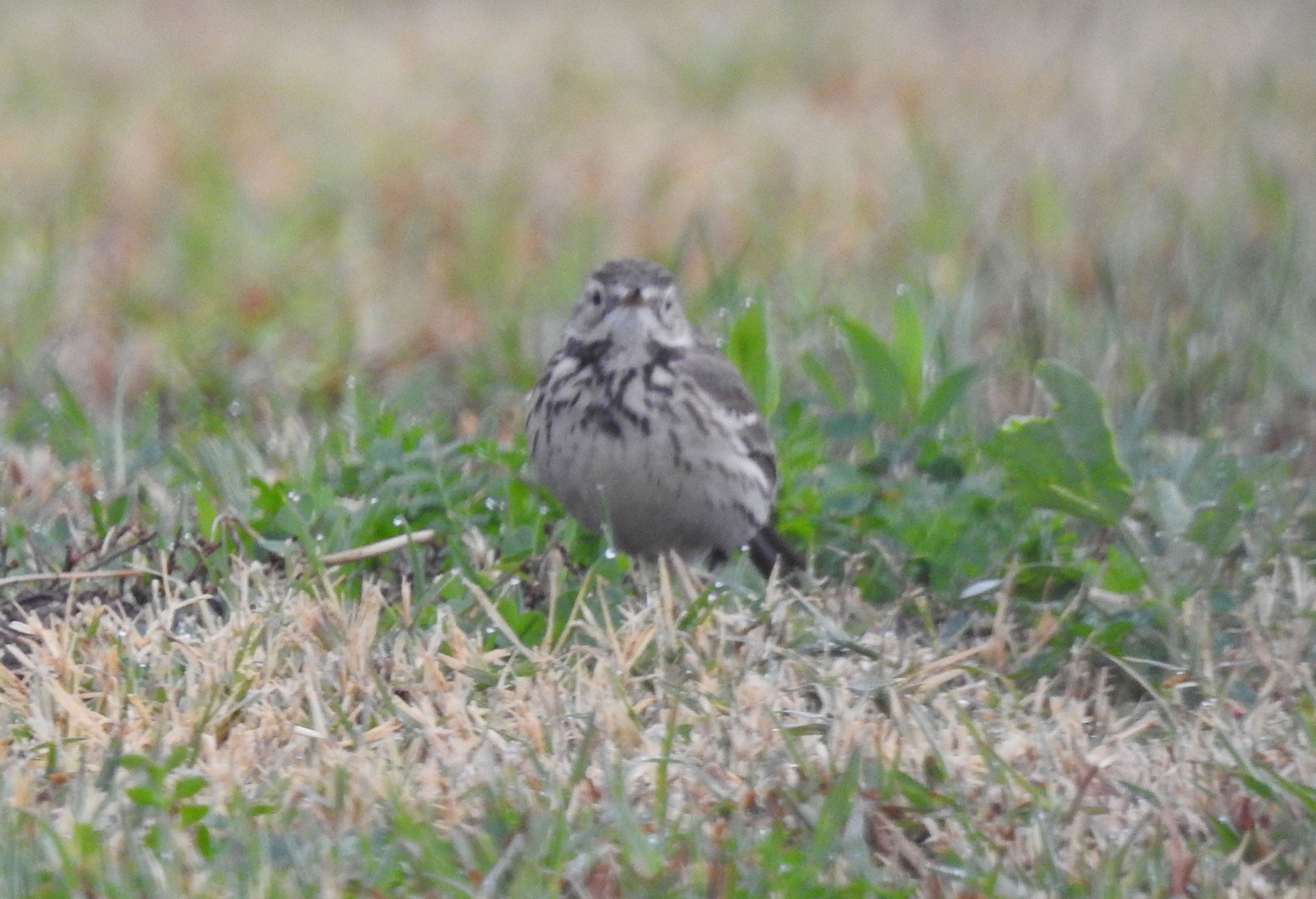
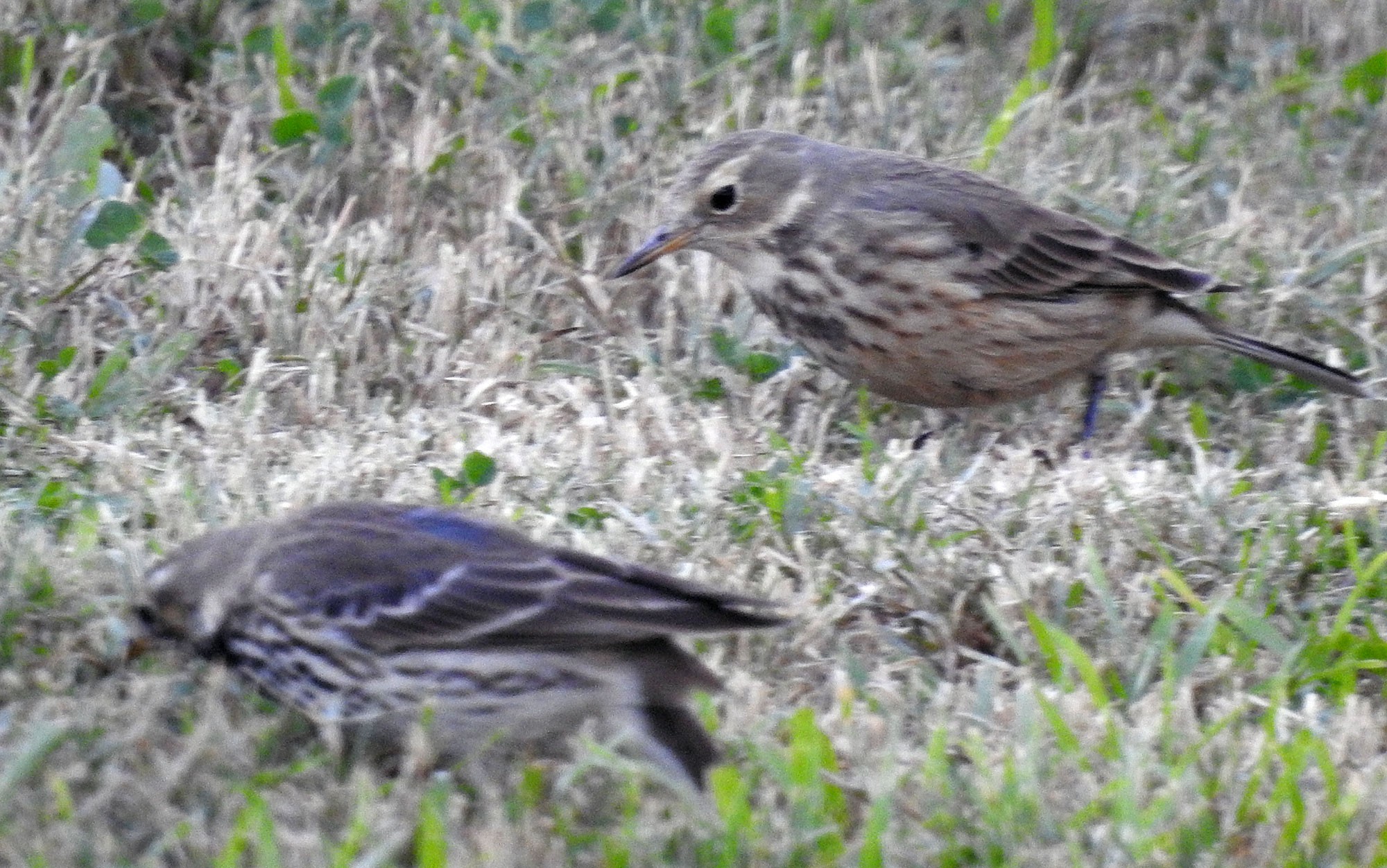
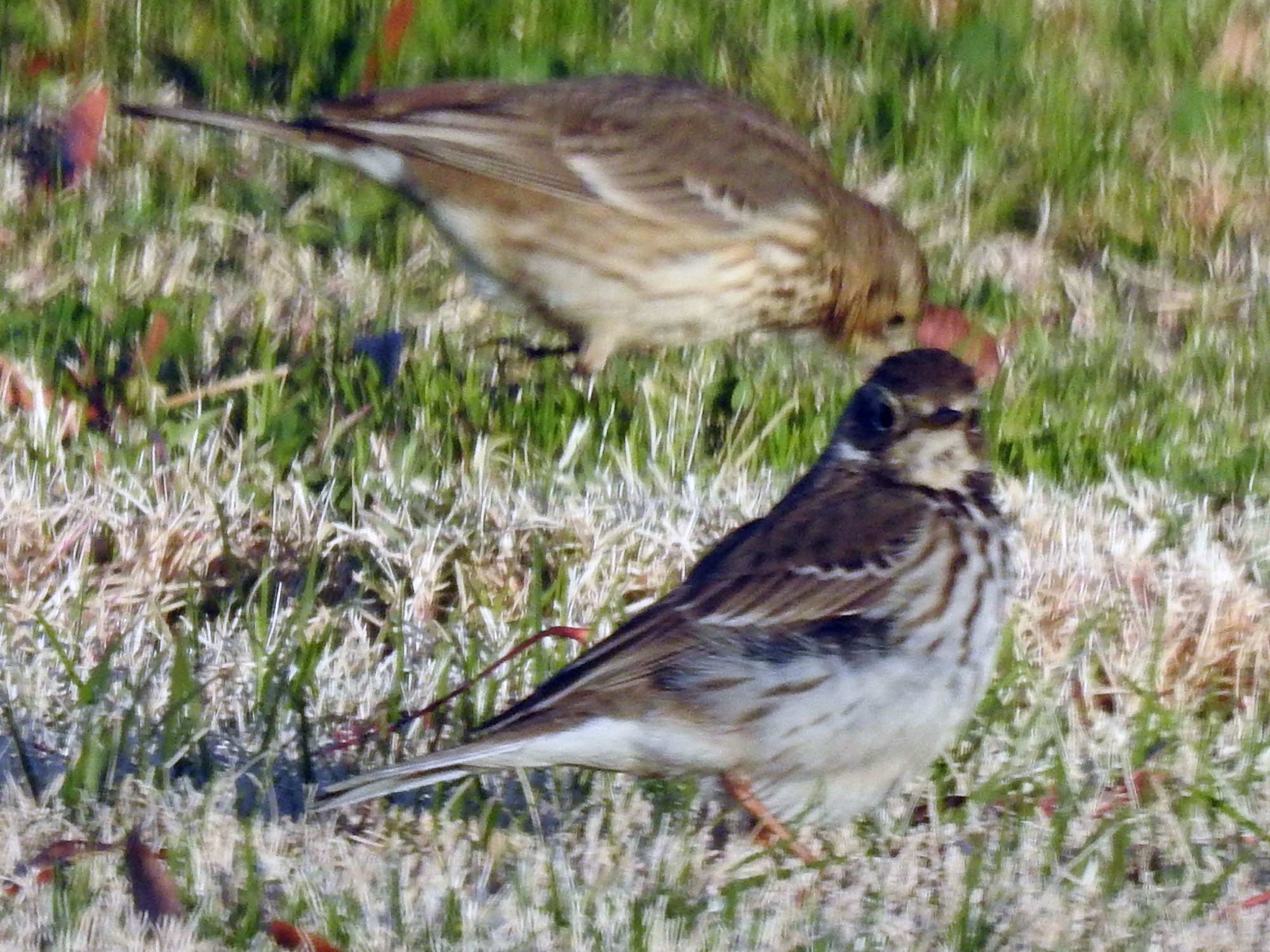
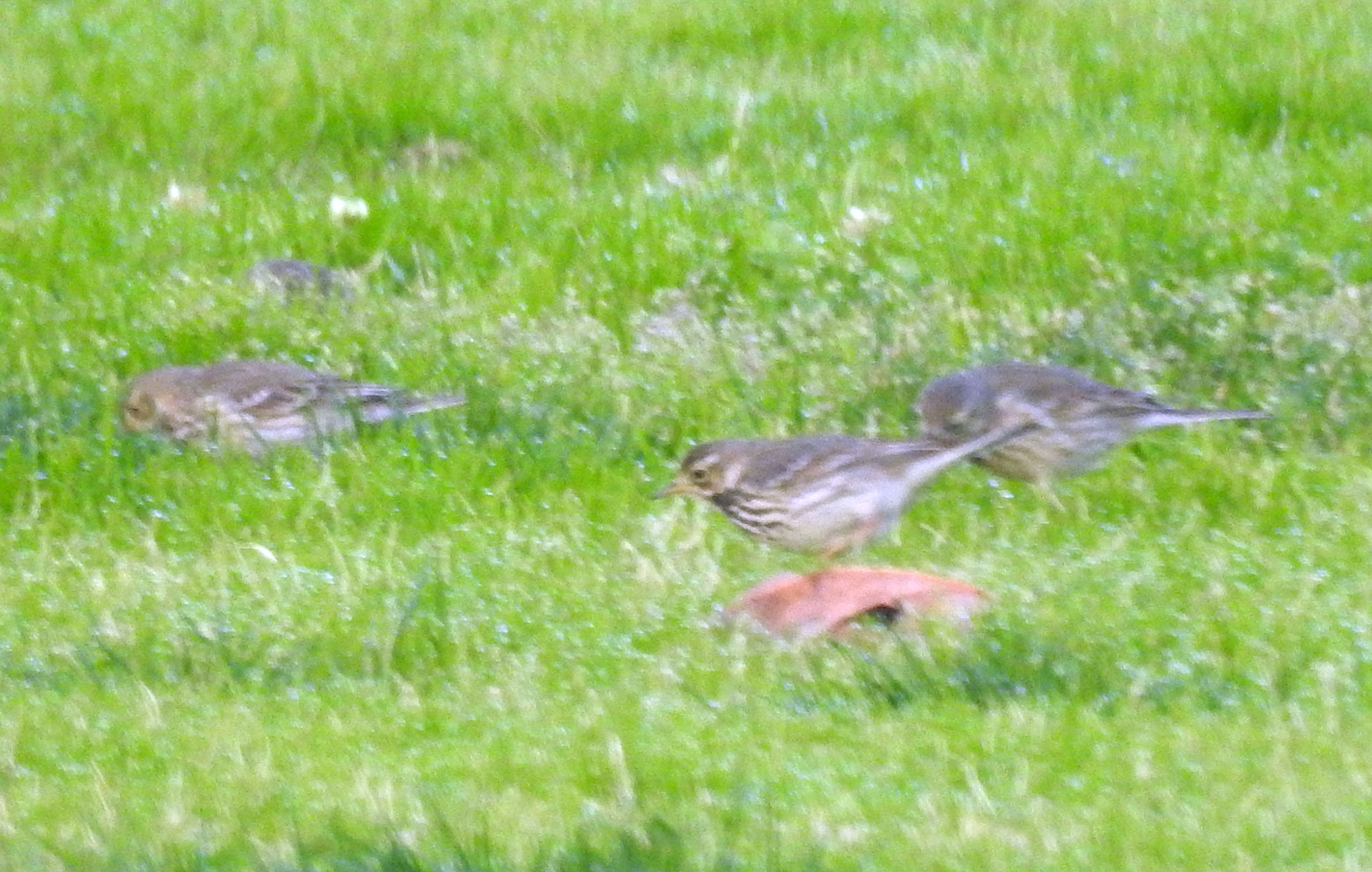
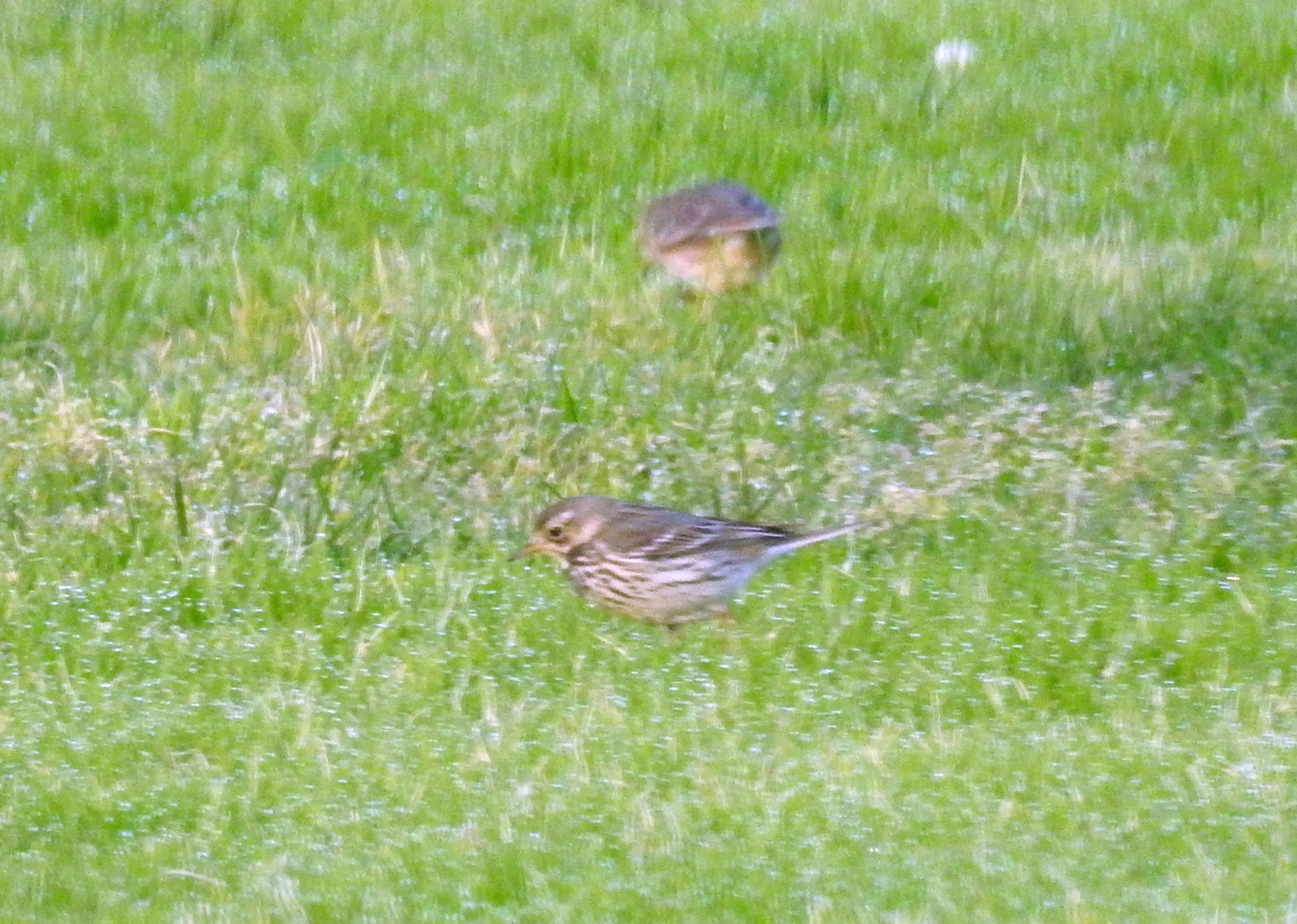
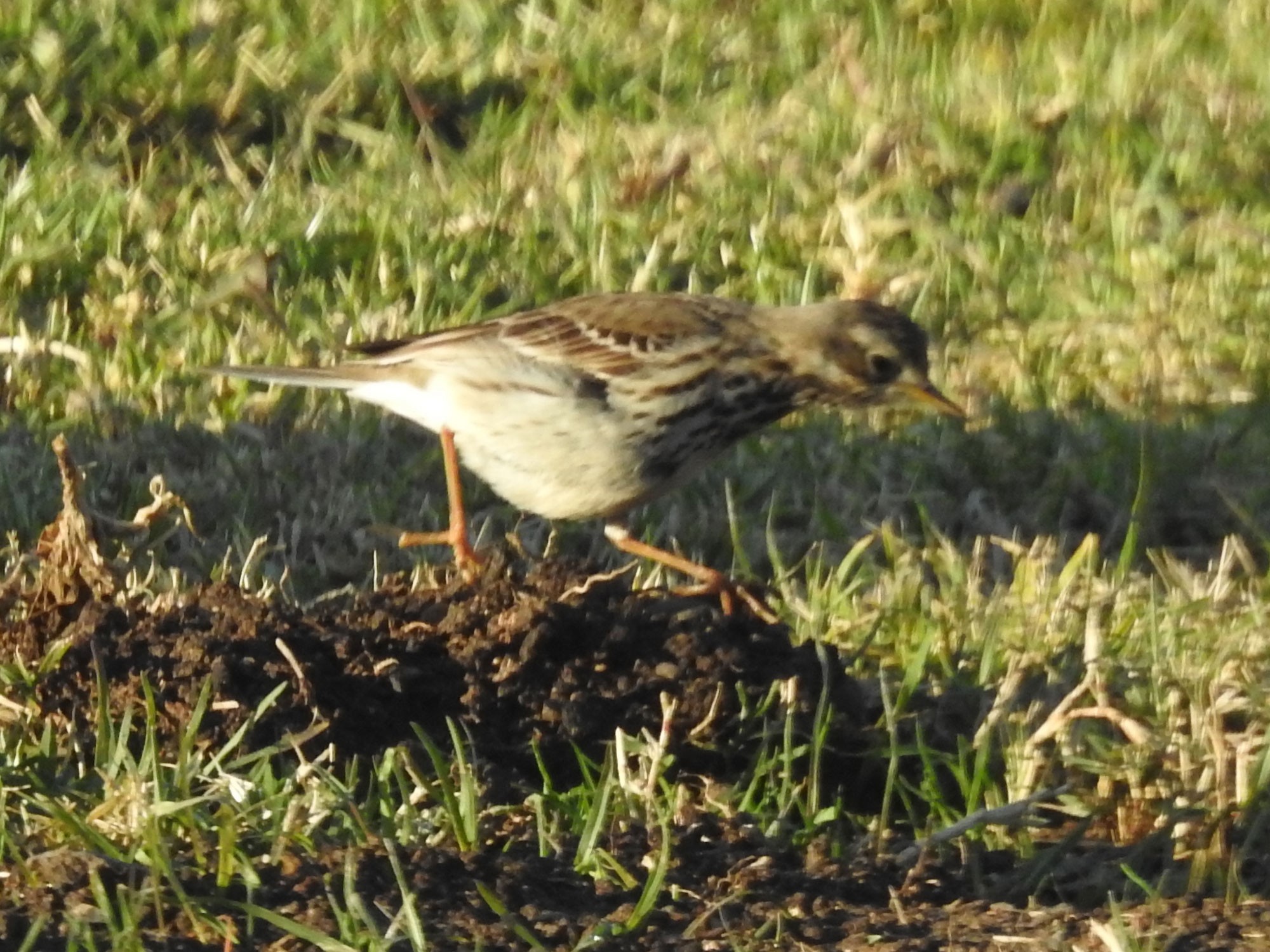
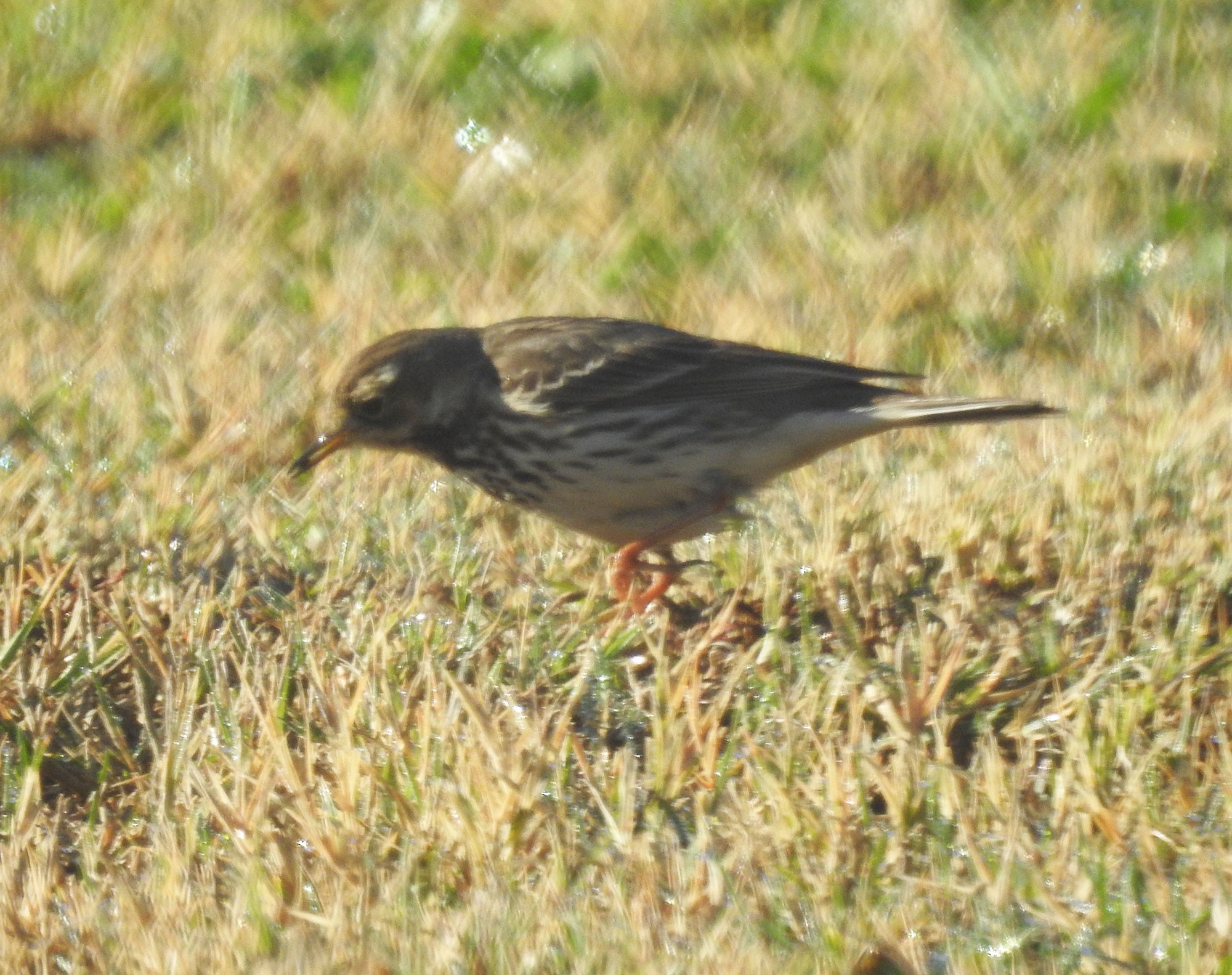
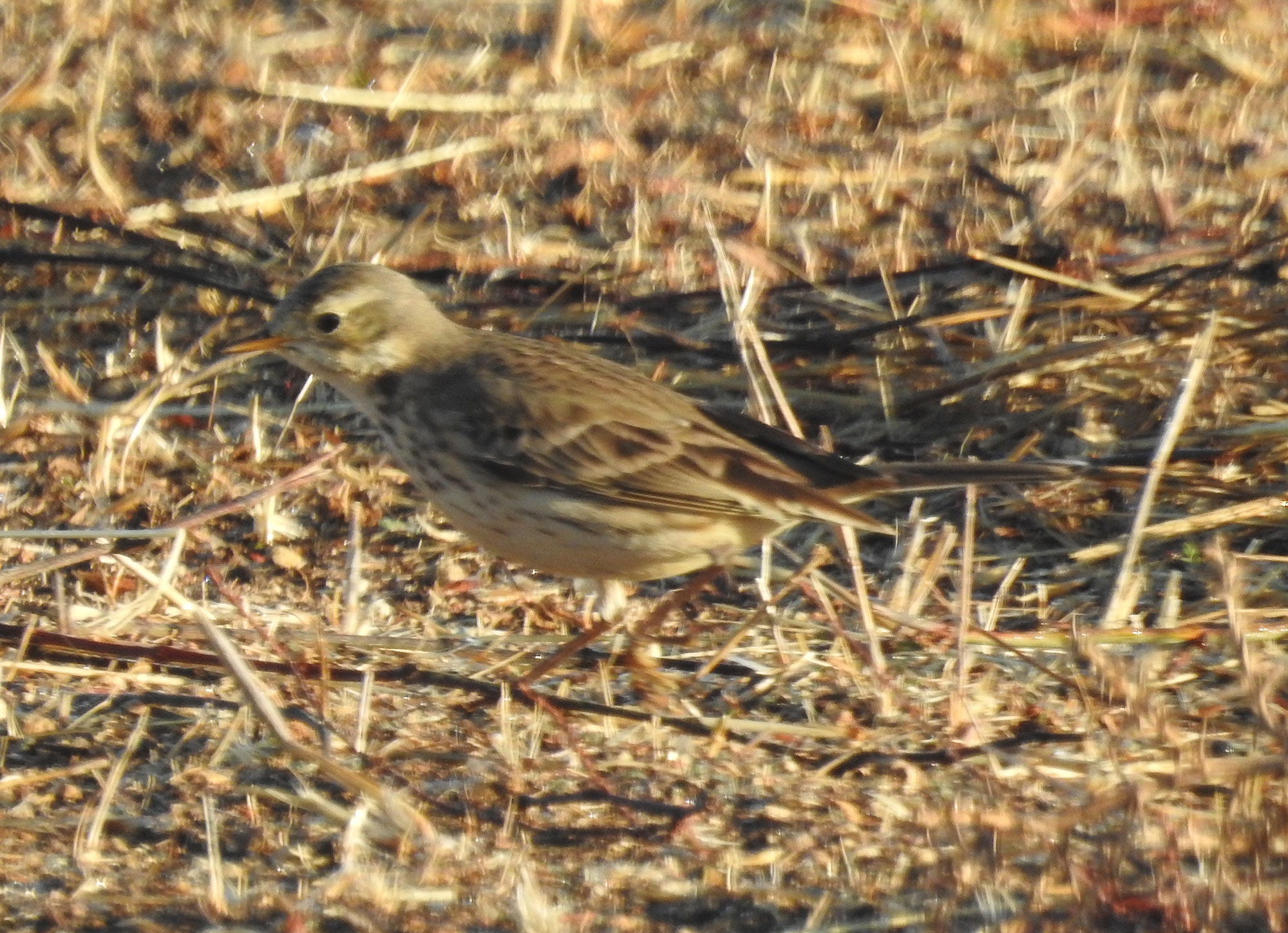

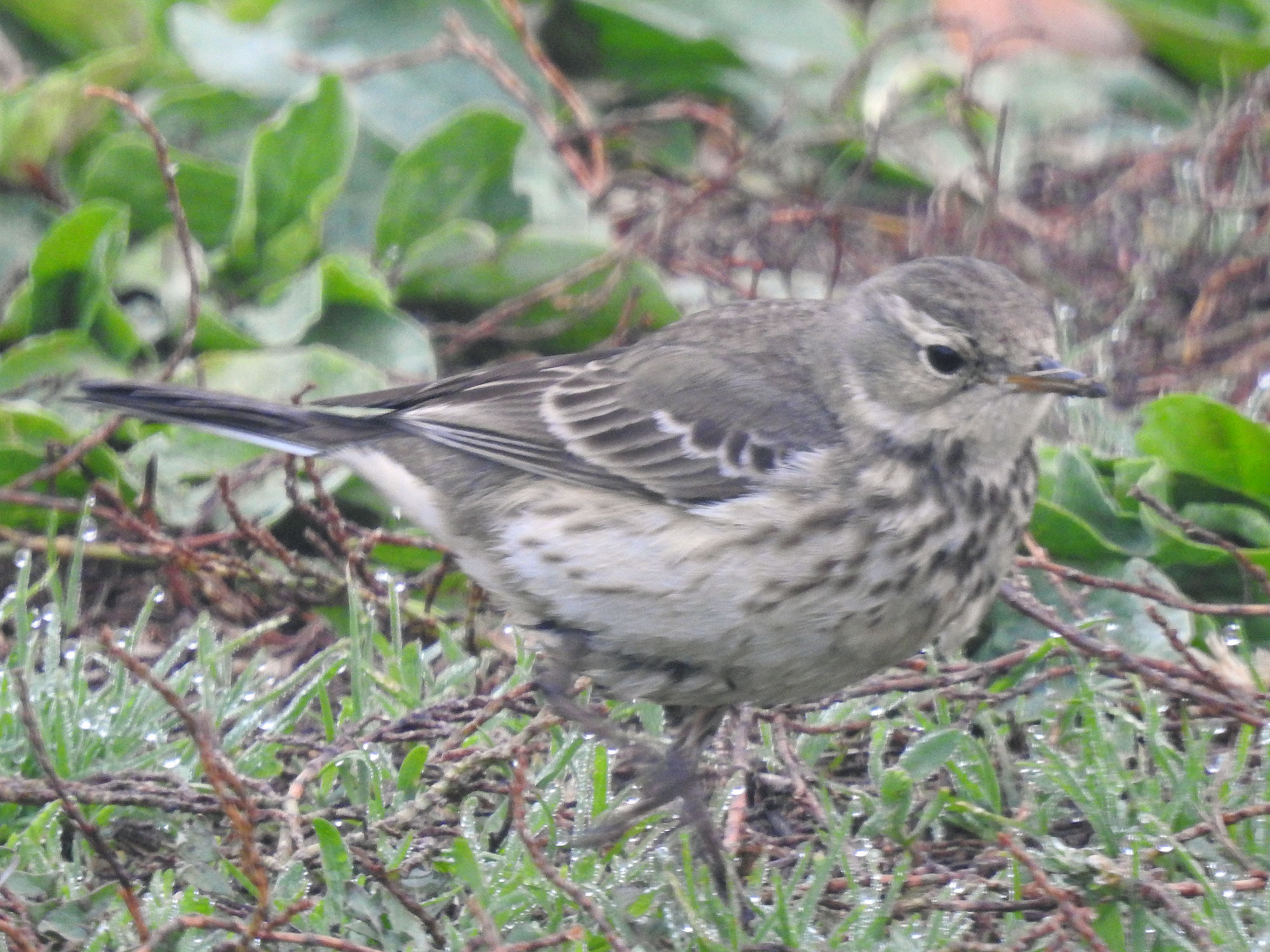

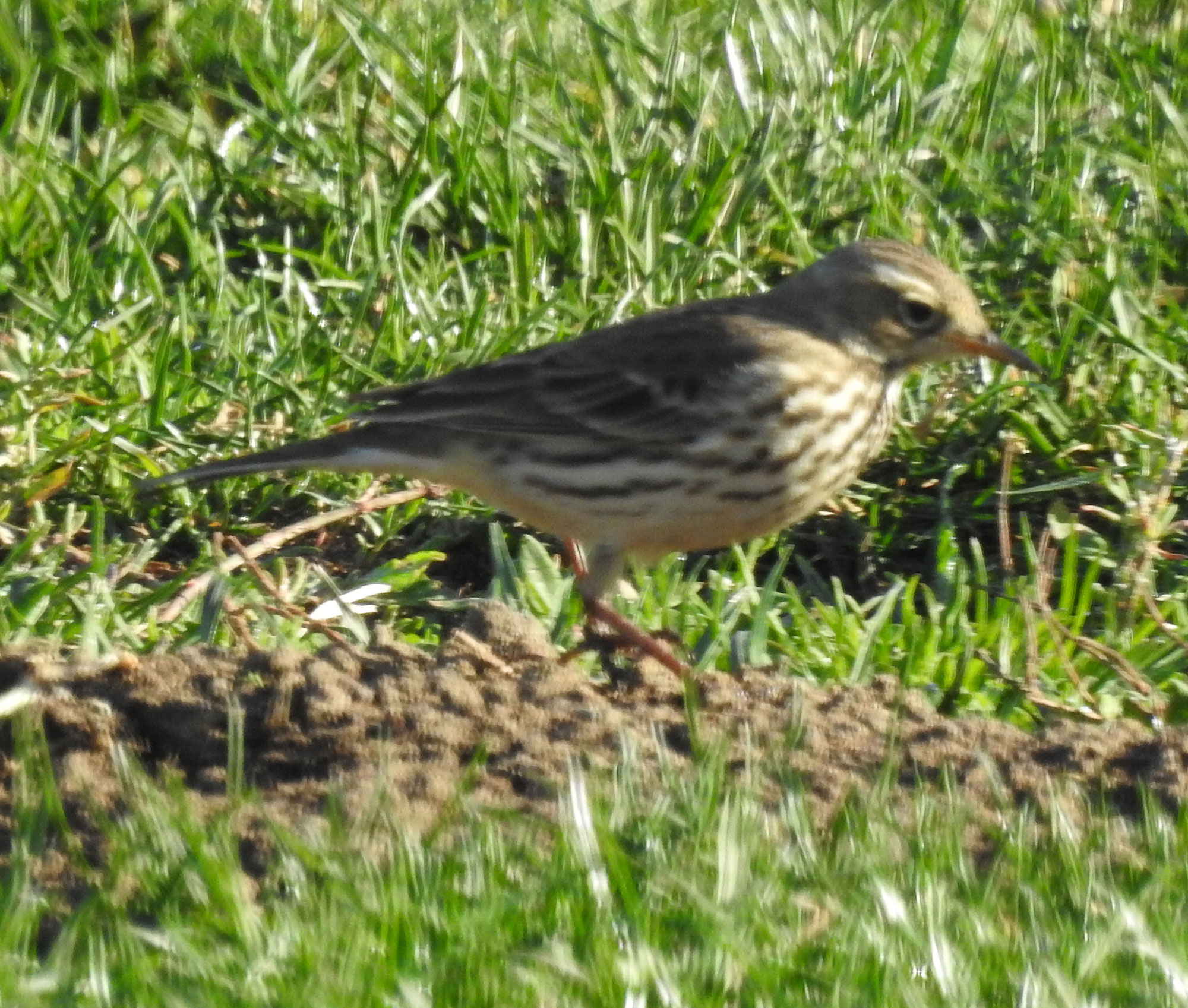
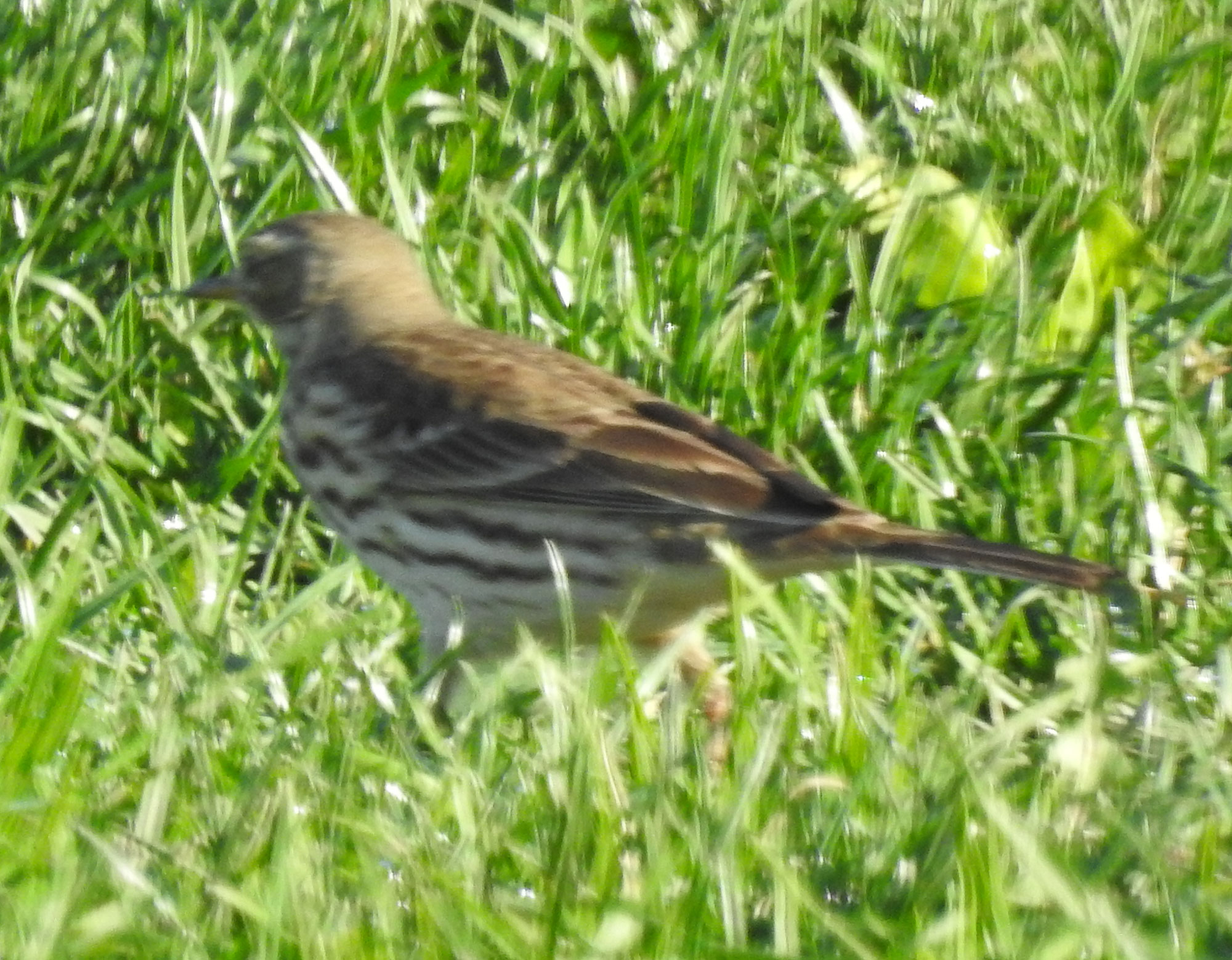

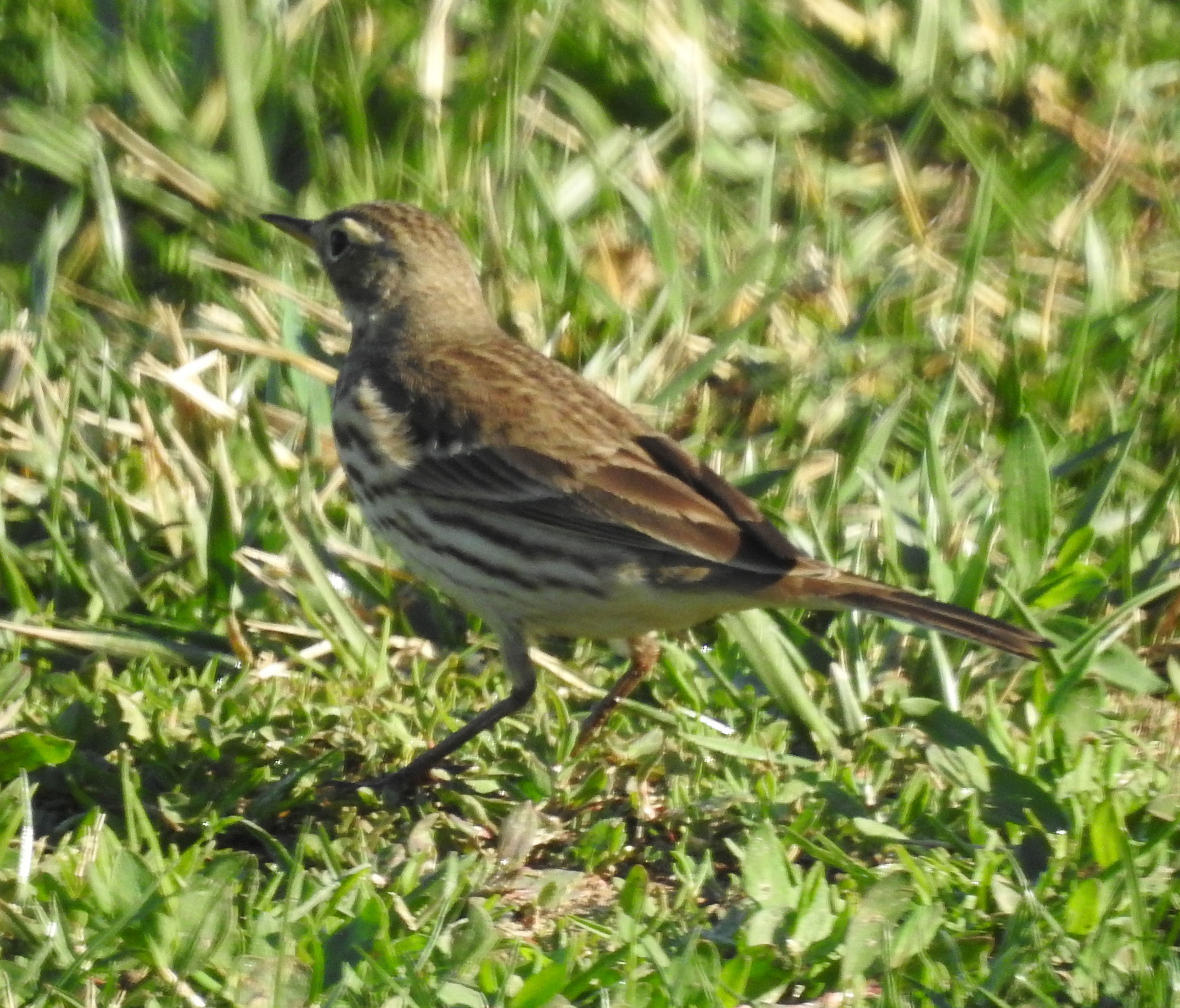
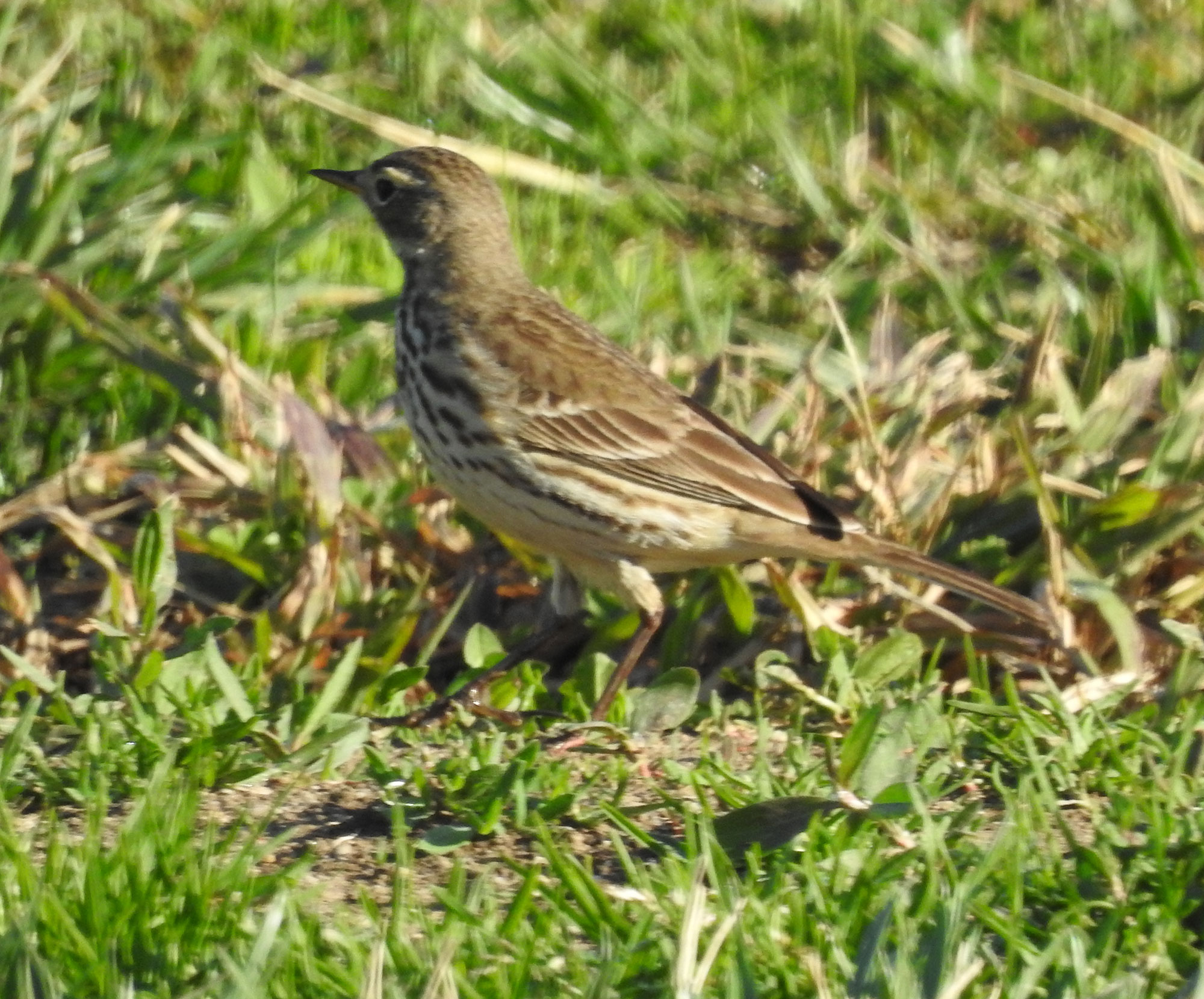
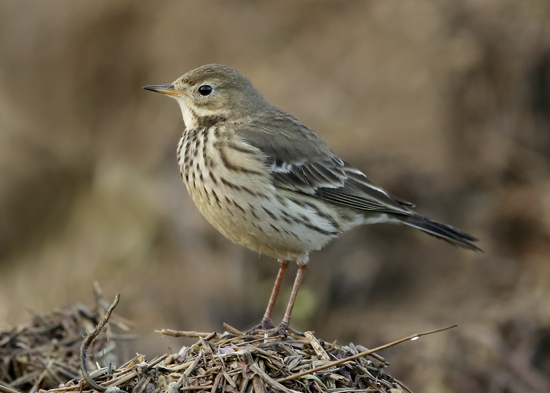
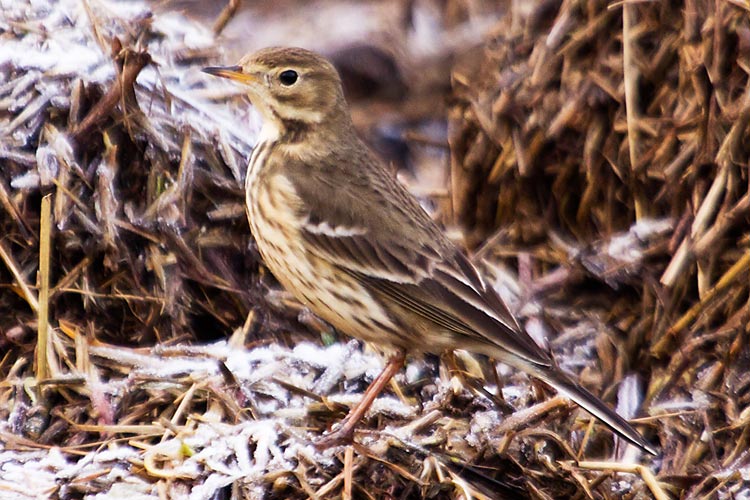
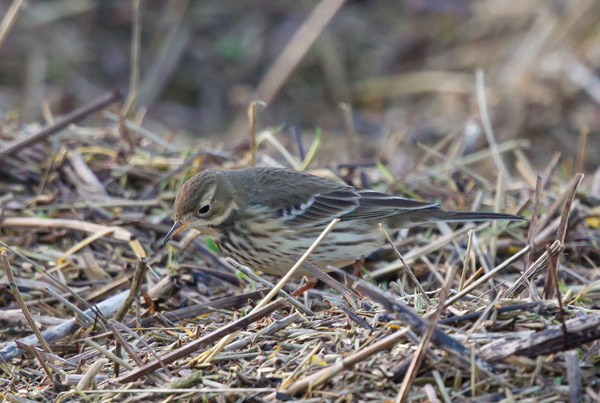
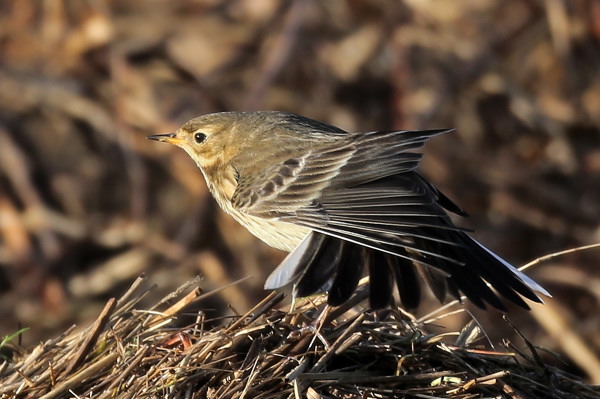
 Chimney and Vaux's Swift Identification
Chimney and Vaux's Swift Identification Woodhouse's and California Scrub-Jay Identification
Woodhouse's and California Scrub-Jay Identification Sagebrush and Bell's Sparrow ID
Sagebrush and Bell's Sparrow ID North American Peep ID
North American Peep ID The Rarity Finders; Ross's Gull, Red-flanked Bluetail and Common Pochard
The Rarity Finders; Ross's Gull, Red-flanked Bluetail and Common Pochard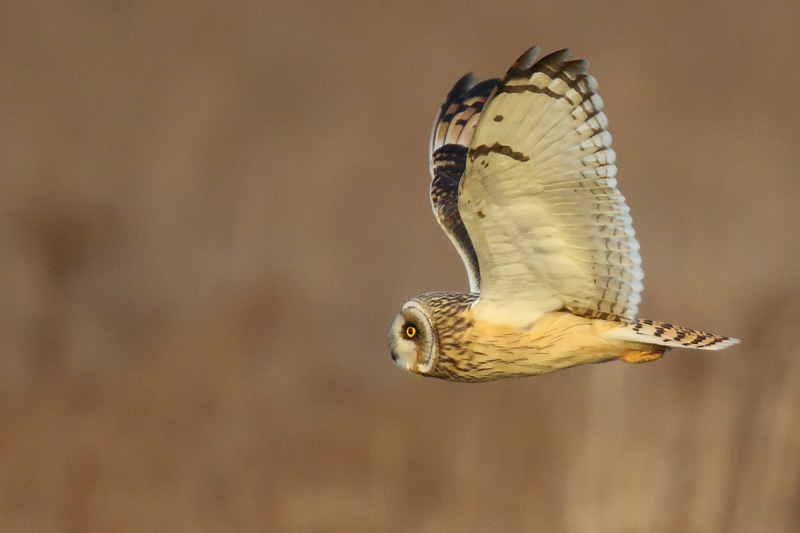 2017 Birding Software Review
2017 Birding Software Review Places to Go Birding in 2017
Places to Go Birding in 2017 Four Birds You Will Never See and Four Your Great Grandkids Won't Either
Four Birds You Will Never See and Four Your Great Grandkids Won't Either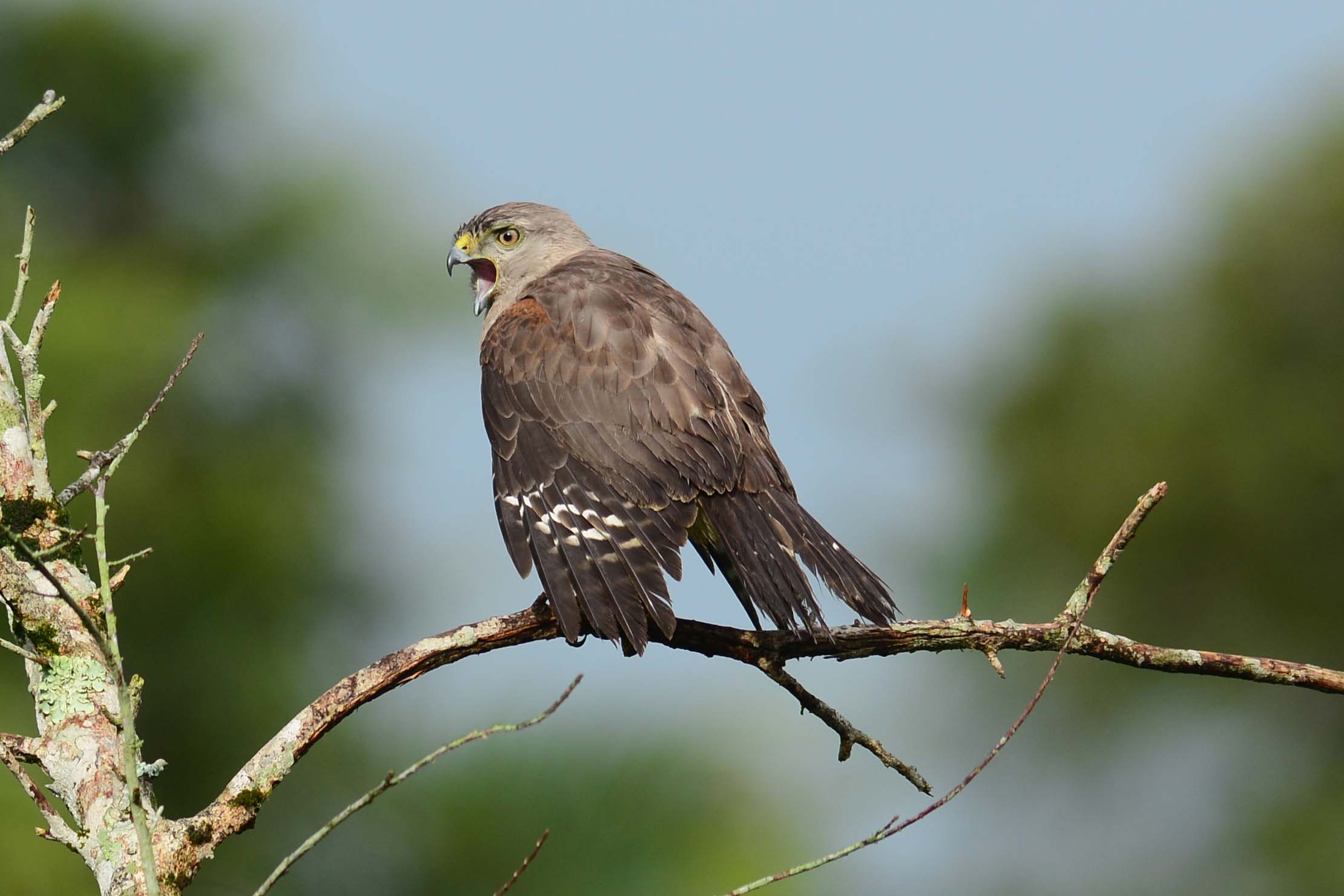 25 of the Rarest Birds in the World
25 of the Rarest Birds in the World 2016 Year Listers
2016 Year Listers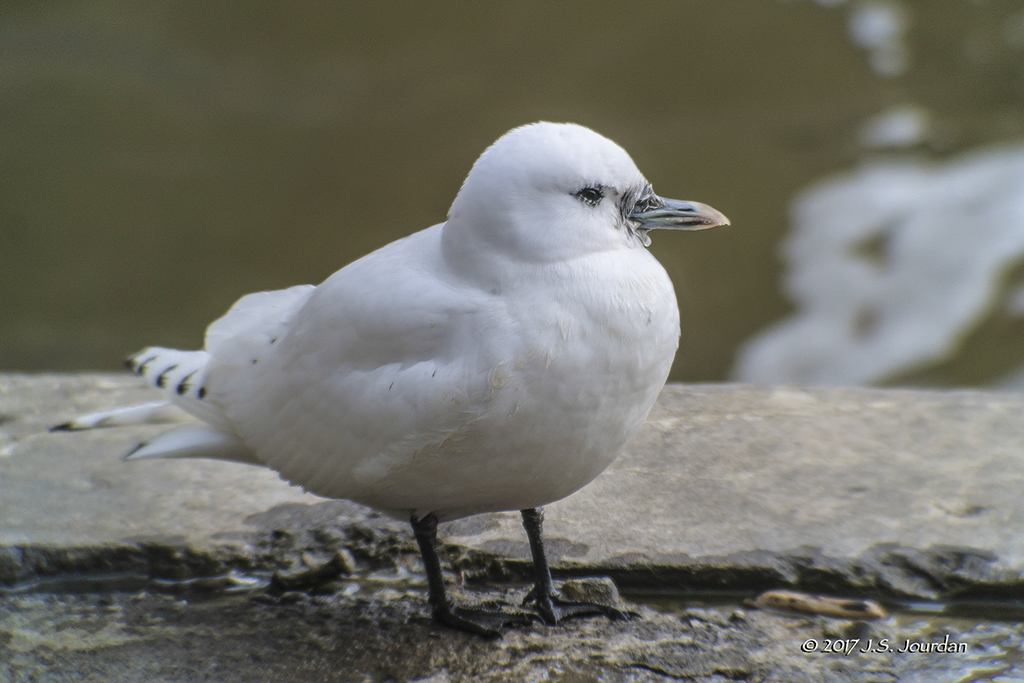 The Rarity Finders; Ivory Gull, Redwing and Slaty-backed Gull
The Rarity Finders; Ivory Gull, Redwing and Slaty-backed Gull